Normally you’ll just see parked cars in a Melbourne railway station car park, but if you’re there at the right time of day, you’ll find the Metro Trains Melbourne “Parking Inspectors Unit”.
On the hunt for cars illegally parked outside of the lines.
Across the dirt.
In no standing zones.
Or being absolute twunts and blocking in people who are legally parked.
The “Parking Inspectors Unit” are actually just Metro Trains Authorised Officers, and they leave a Metro Trains branded ‘Parking Infringement Advisory Notice’ on the car windscreen.
Informing the owner that they are parked in contravention of the Road Safety Rules 2009, and their details have been forwarded to the Department of Transport who may then issue a Parking Infringement Notice by post.
So what legislation backs these infringement notices?
The notices left by Authorised Officers are backed by the Section 87 of the Road Safety Act 1986, which states.
Service of parking infringement notices
(1AD) Subject to subsections (1AE) to (1AG), if an authorised officer within the meaning of section 208 of the Transport (Compliance and Miscellaneous) Act 1983 (as authorised under section 221AB of that Act) has reason to believe that a parking infringement has been committed in respect of any vehicle that is on or in a park and ride facility, the person may serve or cause to be served, in accordance with the regulations, a parking infringement notice.
(1AE) Before serving or causing to be served a parking infringement notice, an authorised officer within the meaning of section 208 of the Transport Act 1983 (as authorised under section 221AB of that Act) may serve a parking infringement advisory notice.
(1AF) A parking infringement advisory notice must state that a parking infringement has been reported to the Department of Transport by the authorised officer.
(1AG) A parking infringement advisory notice must be served by affixing or placing the notice on the relevant vehicle in a conspicuous manner.
Enforcement of these new rules by Authorised Offices commenced in December 2011, with The Age writing about the number of fines issued in 2013.
Commuters who park at their local railway station and catch the train to work are being fined in their thousands because they cannot find a car parking space.
Metro-authorised officers fined almost 5000 motorists in the 2012-13 financial year for illegal parking at just 12 Melbourne stations, government data shows. The rail operator’s authorised officers – who also fine fare evaders – issued a total of 4784 infringement notices to motorists who had illegally parked at one of the network’s 12 most overstretched stations last financial year, netting the state government more than $265,000 in consolidated revenue.
Werribee, which has a car park with 582 spaces, was the station at which the highest number of fines were issued. In total, 1115 fines were issued there last financial year, costing commuters $32,589, Department of Transport, Planning and Local Infrastructure data reveals. Commuters at Watsonia station were fined even harder, with 721 fines issued, totalling $42,286.
Metro’s authorised officers started patrolling railway station car parks in December 2011. Previously it was the job of Victoria Police. Fines they have issued range from $29 for failure to park completely within a bay to $144 for stopping in a no stopping area.
The legislative backing having been added in March 2010 via the Transport Legislation Amendment (Compliance, Enforcement and Regulation) Act 2010.
And being fined for not catching a train
For years railway station car parks have had signs at the entry, stating ‘Parking permitted only in defined bays for commuters directly interchanging to rail or other public transport system’.
But that message didn’t have any legislative backing behind it, until 2014 when Public Transport Victoria launched a trial where drivers using a railway station car park without travelling by public transport could receive a fine. The Age wrote about the trial in October 2014.
Motorists who park in railway station car parks but who do not catch a train could face fines next year.
Authorised transport officers will begin patrolling station car parks in the new year, and will check myki cards to make sure the drivers are genuine commuters.
The punitive approach to tackling Melbourne’s chronic shortage of railway station car parking will be trialled at six stations, before potentially being introduced more widely.
Non-commuters caught parking at the stations will be slugged with an $89 fine.
Initially, six stations will be patrolled by authorised officers from January 1: Box Hill, Burwood, Camberwell, Heidelberg, Highett and Murrumbeena.
These are all stations where commuters have had to put up with non-commuters taking precious free commuter car parking spaces, the Napthine government says. The freshly gazetted legislation follows feedback from local MPs who have received complaints from constituents, the government said.
The new regulations will be enforced by authorised officers conducting random checks at car park exits. If drivers or passengers in the vehicle do not have a valid ticket that shows they used public transport while the vehicle was parked, they risk an $89 fine.
If successful, the trial will be extended to other free commuter car parks in 2015.
The restriction will apply on weekdays between 6am and 7pm. Motorists will be free to park in a station car park for up to one hour provided they remain inside the station car park area, so it is possible to drop off or pick up a passenger.
The legislative backing for this trial was included in the Transport (Compliance and Miscellaneous) (Conduct on Public Transport) Regulations 2015.
51 Person who leaves motor vehicle parked must use public transport
(1) A person must not leave a motor vehicle parked in a public transport parking area at any time between 6 a.m. and 7 p.m. on a business day unless—
(a) any of the following persons validly uses public transport at any time between 12 a.m. on that day and 2 a.m. on the next day while the motor vehicle remains parked—
(i) the person who parks the motor vehicle;
(ii) a person who is a passenger in the motor vehicle when it is parked;
(iii) a person who removes the motor vehicle from the designated park and ride facility at which the public transport parking area is located;
(iv) a person who is a passenger in the motor vehicle when it is removed from the designated park and ride facility at which the public transport parking area is located; or(b) regulation 52, 53 or 54 applies.
Penalty: 3 penalty units.(2) If a person leaves a motor vehicle parked in contravention of subregulation (1) for longer than one day—
(a) only one criminal proceeding in respect of an offence against subregulation (1) may be commenced in respect of those circumstances; and
(b) only one infringement notice in respect of an offence against subregulation (1) may be issued in respect of those circumstances
With the list of “designated park and ride facilities” being the six stations listed in the trial – Box Hill, Burwood, Camberwell, Heidelberg, Highett and Murrumbeena.
But there was an interesting clause at the bottom:
64 Expiry of Part
This Part expires on 30 June 2017
Come 2017, the Transport (Compliance and Miscellaneous) (Conduct on Public Transport) Amendment Regulations 2017 extended the date.
12 Parking at designated park and ride facilities
In regulation 64 of the Principal Regulations, for “30 June 2017” substitute “30 June 2019”
But in 2019 it expired, rather than being extended again.
Pt 5
(Headings and regs 48–64) amended by S.R. No. 49/2017 regs 10–12, expired by force of S.R. No. 72/2015 reg. 64 (as amended by S.R. No. 49/2017 reg. 12).
And in 2022 the definitions of “designated park and ride facility” were also removed:
Reg. 5(1) def. of designated park and ride facility revoked by S.R. No. 2/2022 reg. 5(c).
So now the only offence you need to worry about when parking in a railway station car park is failing to park between the lines – but you know how to drive a car, don’t you.
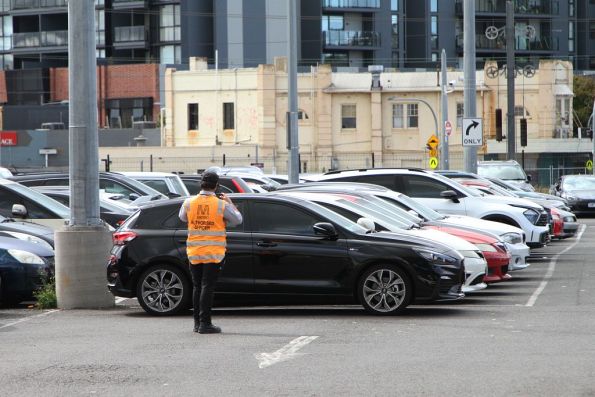
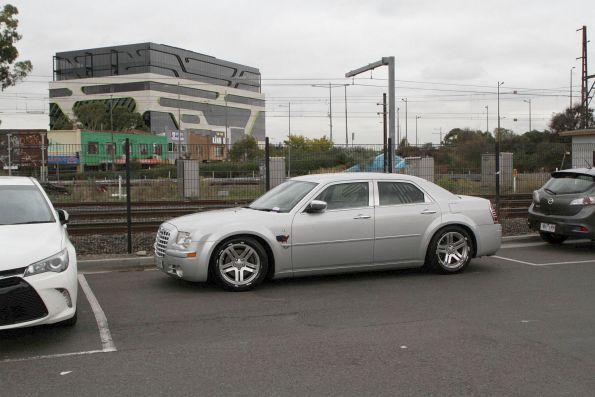
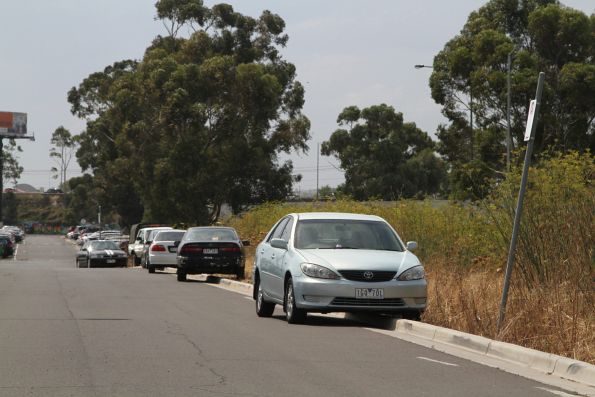
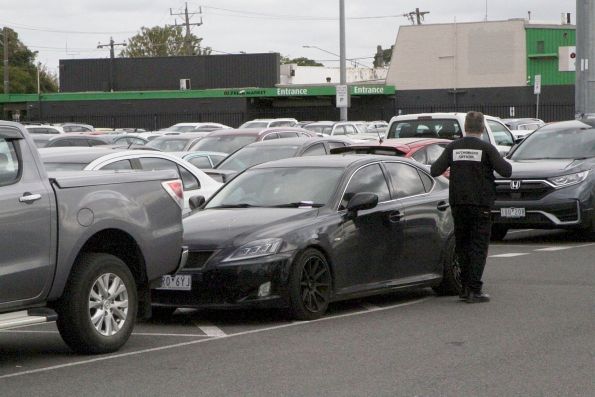
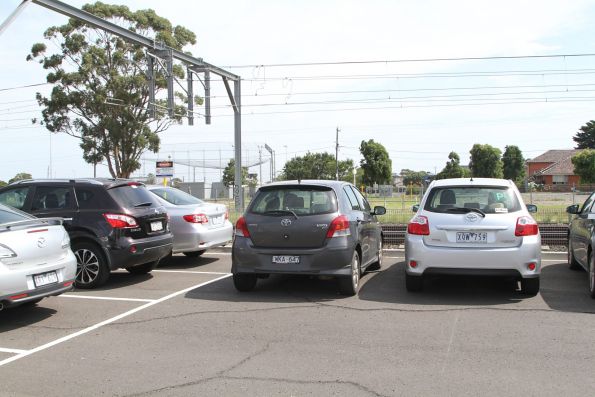
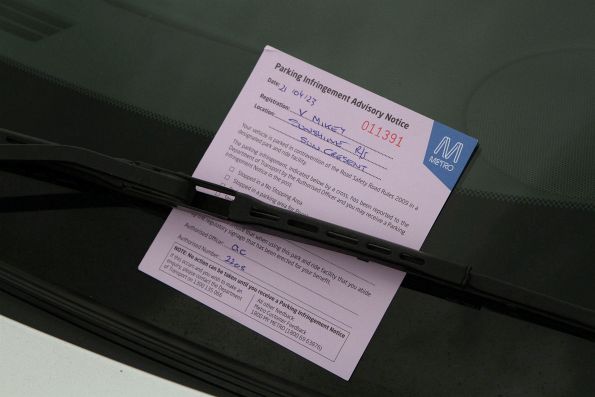
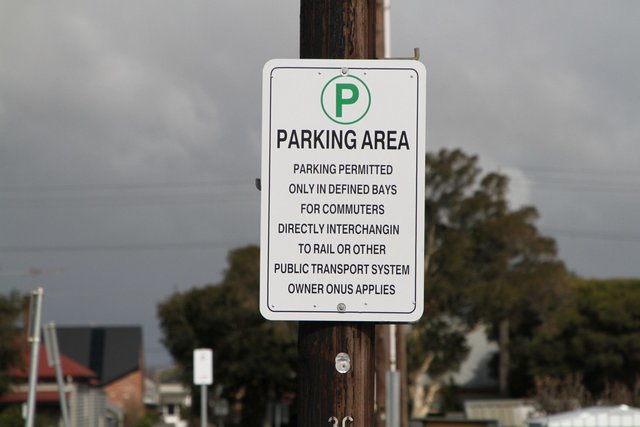

I’m no lawyer but I would have thought parking restrictions can still be enforced based on regulation 13(2), as long as signs are in place:
“13 Driving, riding or parking a vehicle on public transport premises
…
(2) A person who drives, rides or parks a vehicle on public transport premises must obey all parking control signs that apply to the premises.”
… Those words have not changed in any version of the Regs since 2015 (I checked :), which does beg the question as to why regulations specifically referring to park and ride facilities were needed before, but to that I can only respond, I’m no lawyer.
I suspect “parking control signs that apply to the premises” mean signs indicating time limits, no standing zones, and disabled parking zones, and not the convoluted “parking permitted only in defined bays for commuters directly interchanging to rail or other public transport system” line.
The regulations state that “parking control sign” is defined in the Road Rules, and the Road Rules define it as meaning any of: a bicycle parking sign, a bus zone sign, a clearway sign, a loading zone sign, a mail zone sign, a minibus zone sign, a motor bike parking sign, a no parking sign, a no stopping sign, a people with disabilities parking sign, a permissive parking sign, a permit zone sign, a taxi zone sign, a truck zone sign, or a works zone sign.
So the custom signs would not fall under the regulations.